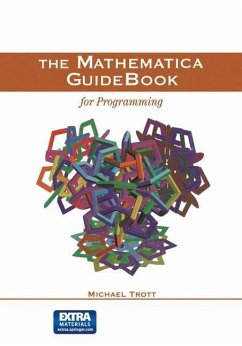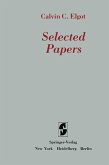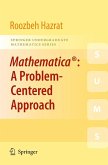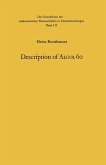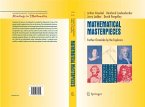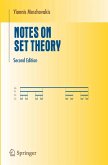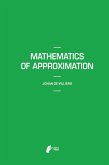Dieser Download kann aus rechtlichen Gründen nur mit Rechnungsadresse in A, B, BG, CY, CZ, D, DK, EW, E, FIN, F, GR, HR, H, IRL, I, LT, L, LR, M, NL, PL, P, R, S, SLO, SK ausgeliefert werden.
"This volume is the first one in a series of four books on the Mathematica programming language. It is best suited for those who ... want to learn the sophisticated tricks of the advanced programming and to use Mathematica up to its full capacity. ... The book addresses many features of human-computer interaction. ... This book is one of the most valuable sources for the advanced users of Mathematica. ... all the science/engineering/computer science/mathematics libraries should have this book and its companion volumes." (Matti Vuorinen, Zentralblatt MATH, Vol. 1080, 2006)
"The Mathematica GuideBook for Programming provided this reviewer with insights into solving and visualizing problems by using Mathematica ... . Its wealth of exercises, annotated solutions and integrated bibliographic references should make this set a valuable part of the library of any Mathematica user. I highly recommend it." (Marvin Schaefer, MathDL, August, 2006)
"On the whole, the programming GuideBook provides a comprehensive, step-by-step development of Mathematica programming capabilities and contains an impressive collection of examples and worked exercises. Key Mathematica functions are discussed in detail, using interesting examples and put to the test in real programs." (Willy Hereman, SIAM Review, Vol. 47 (4), 2005)

